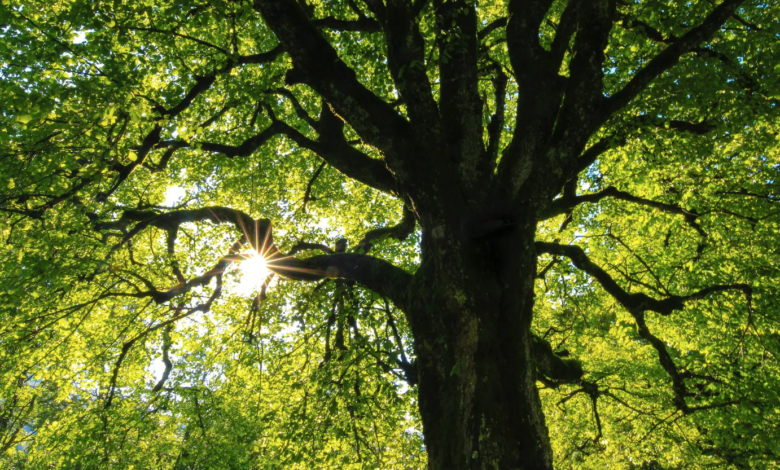Trees’ response to climate change: leaves last 1 month longer
Today leaves remain on trees about 15% more than just 100 years ago
(sustainabilityenvironment.com) – In 100 years, the period from when trees grow leaves to their fall has lengthened by a month due to global warming. With probably both positive and negative consequences, but still all to be explored. It was established by a study by Ohio State University that compared the present observations with those, very detailed, found in the diary of a farmer who lived in Ohio between 1883 and 1912. A document that allowed to reconstruct the response of trees to climate change.
Today leaves remain on trees about 15% more than just 100 years ago. A percentage that represents “an obvious indicator that temperatures are changing and shows that things are no longer as they were before, are profoundly different,” explains Kellen Calinger-Yoak, principal author of the study published on PLOS ONE. “A whole month’s extension of the growing season is an enormity, if we talk about a rather short period of time for the expression of these changes,” he added.
How was the response of trees to climate change reconstructed and evaluated? The study compared the current observations of the period from the blossoming of buds to the peak of leaf coloring in seven tree species. Specifically, the research has studied the phenology (the relationship between climate change and seasonal manifestations of plants) of American elm, black walnut, white oak, black oak, eastern poplar, sumac and sassafras.
Light and shadow of tree response to climate change
Not for all these species the response to climate change was the same. Most have prolonged the growth phase, reaching late autumn the peak of the coloring of the leaves. Others, on the other hand, have groaned before. A season with longer leaves should result in more CO2 absorbed by trees.
The study did not quantify this aspect even if it considers it very probable. But it warns: the mix of global warming and extreme temperature fluctuations can stress trees in ways that research has failed to detect. A clue comes from the different adaptive responses of the species: from an evolutionary perspective, probably not all the strategies adopted will be successful.






